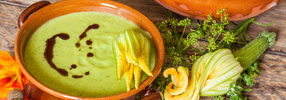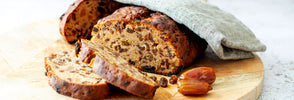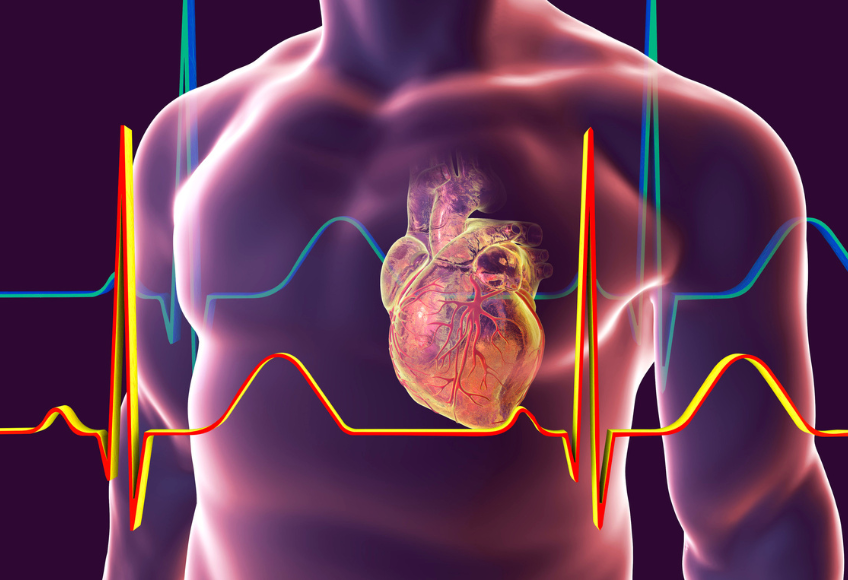
Image with text
Heart racing and histamine intolerance
Do you know that?
You are dog tired and just want to sleep. Very cozy and calm, you lie down in your bed. But as soon as you want to fall asleep, your heart begins to race. It knocks you up to your neck and all the attempts to calm your heart fail. You breathe in and out deeply, but your heart just races on. You have no choice but to wait until your heart beats normally and you can finally fall asleep.
There are four different receptors that Histamine can tie (H1, H2, H3, H4). All four histamine receptors can be found in the heart, the receptors H1 and H2 are the main receptors involved in the contraction and heart rate (2).
The binding of histamine to the H2 receptor therefore influences both the heart rhythm (3) and the strength with which the heart beats-i.e. blood pressure (4). Histamine has the ability to increase the heartbeat.
Naturally, histamine occurs in high concentrations in the heart. In addition to cardiac arrhythmias, binding to the H2 receptor can also contribute to hypotension (low blood pressure) and flush. Some smaller studies have shown that H2 receptor blockers such as proton pump inhibitors and the prescription mast cell stabilizer sodium cromolyn can be effective when preventing heart failure (5).
The histamine receptors in the heart also seem to be such that they equalize each other, with the H1 receptor an increase in vascular narrowing and the H2 receptor an increase in the heart rate and vessel expansion. This could explain why some histamine -intolerants under low blood pressure (6), others suffer from high blood pressure or from a mixed form of both.
Dr. Roberto Levi (scientist at the Weill Cornell Medical College) explains that it is important to put the relationship between cardiac arrhythmias and histamine in the right connection. Heavy cardiac arrhythmias can be caused by the release of large amounts of histamine, which occur, for example, with massive allergic reaction, such as anaphylaxis. This is because too much histamine stimulates the H2 receptors of the heart, which can lead to cardiac arrhythmias. But cardiac arrhythmias without an anaphylactic shock can also be histamine-induced (7).
The immunologist and histamine researcher Dr. Janice Joneja In an interview, describes how histamine works in the body:
"Histamine fulfills, among other things, the function of a vasodilator, i.e. it extends the blood vessels. By expanding the blood vessels, the resistance of the heart that pumps the blood through the body reduces - it is as if you are expanding a hose and the water is less resistant when it is pumped through. If the blood pressure is the first forcede, and when the blood flows through the body, the feeling of a panic attack is often caused by an anaphylactic reaction. Expansion of the blood vessels and the increase in heart rate.(8)
Further studies show that H2 receptor blockers can prevent cardiac arrhythmia. In the study, an increase in the amount of histamine and synthetic H2 receptor agonists led to even more cardiac arrhythmias. In addition, researchers created a model with even more H2 receptors in the heart muscle cells, which led to an increase in cardiac arrhythmias (9).
In addition, cardiac arrhythmia occur more frequently in patients with mastocytosis. With mastocytosis, the number of mast cells is increased, which release large amounts of histamine when activated. (10)
Histamine not only has negative effects on the heart, but also positive. Recent studies show that histamine plays a positive role in converting the heart muscle cells after a heart attack. (11) After a heart attack, there is an increased cell death if there is not enough histamine. Another study found that histamine is even necessary for heart conversion. It has been shown that H1 receptors and histamine are crucial that heart stem cells are stimulated to restore damaged heart tissue. (12)
Other causes of rapid heartbeat and cardiac arrhythmia
But not only histamine can cause heartbeat or cardiac arrhythmia. There are also many other causes that can lead to these symptoms.
- Hormonal fluctuations in menopause, during the period or in pregnancy, but also a thyroid overactive
- Too much caffeine, nicotine, alcohol or energy drinks.
- Certain foods or too much salt, sugar or fat
- Food allergies
- Stress, fears, worries, depression
- Low blood sugar or strong blood sugar fluctuations
- Lack of sleep and sleep disorders
- Diseases of the heart
What can you do with racing heart? First aid measures
"Internists online" propose the following first aid measures (13):
- Breathe deeply and consciously, e.g. with the 4/7/11 rule (inhale 4 seconds, exhale 7 seconds, hold out for 11 minutes). This exercise lowers blood pressure.
- Fat the area on your neck where you clearly feel your pulse. Now massage the area slightly while sitting or lying with the middle and index finger. This stimulates the carotid insus nerve and lowers the heartbeat frequency.
- Hold your nose like when compensating for pressure on the aircraft and press air into your nose with your mouth closed. Keep the pressure upright for a few seconds. Another option would quickly be a cold cabbage -contained glass of water to get water. Both measures are intended to increase the pressure in the chest area and end the racing heart.
- A doctor must be called for longer seizures as well as dizziness and weakness.
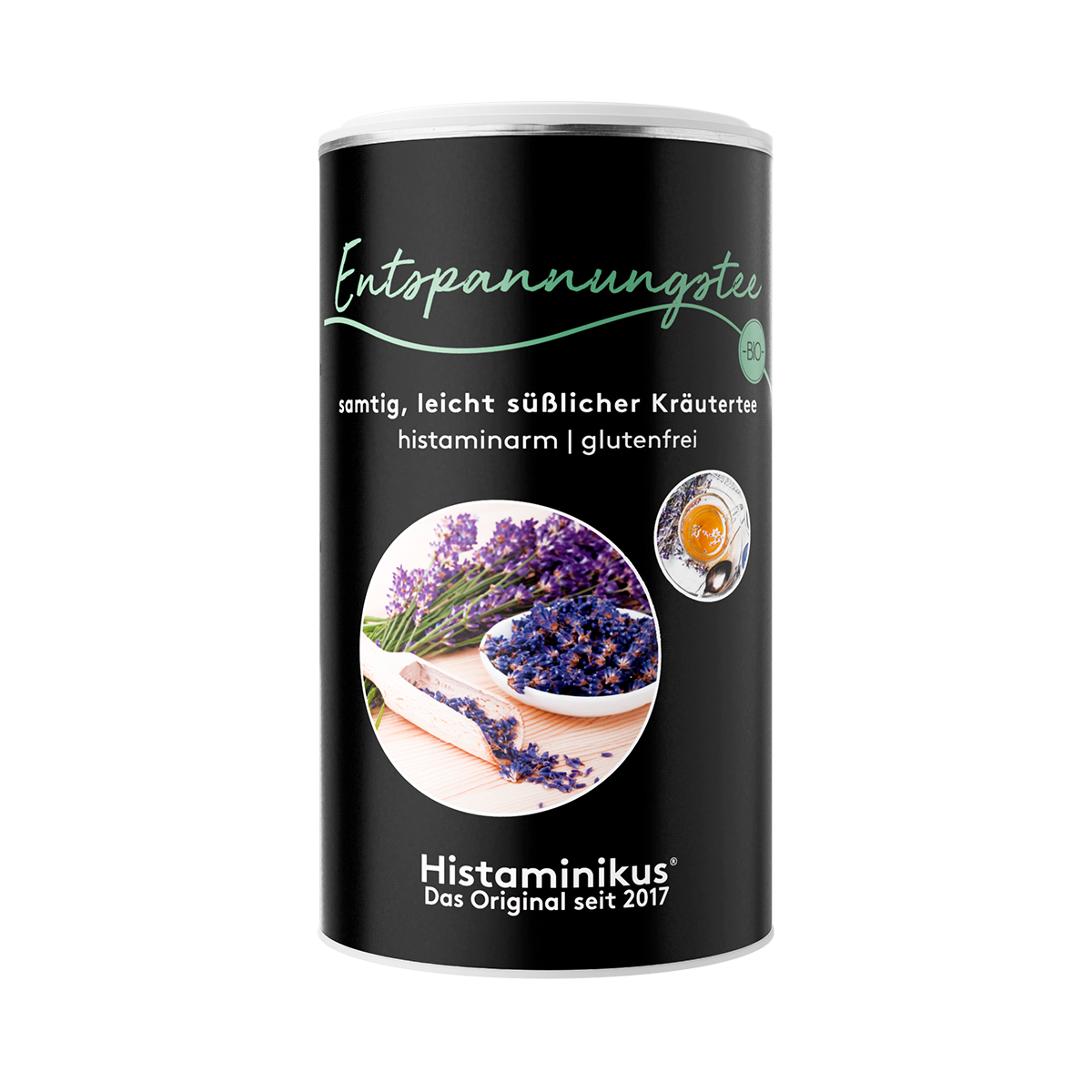
Histaminikus
Relaxation tea organic
4.76 / 5.0
(17) 17 total reviews
Extensive brochure for the easy entry into a low -histamine diet or the Test whether you suffer from a histamine intolerance step-by-step guidelines for approx. 17 weeks To your individual histamine -poor nutrition plan 70 Histamine arms and just to be recaked Recipes
Share
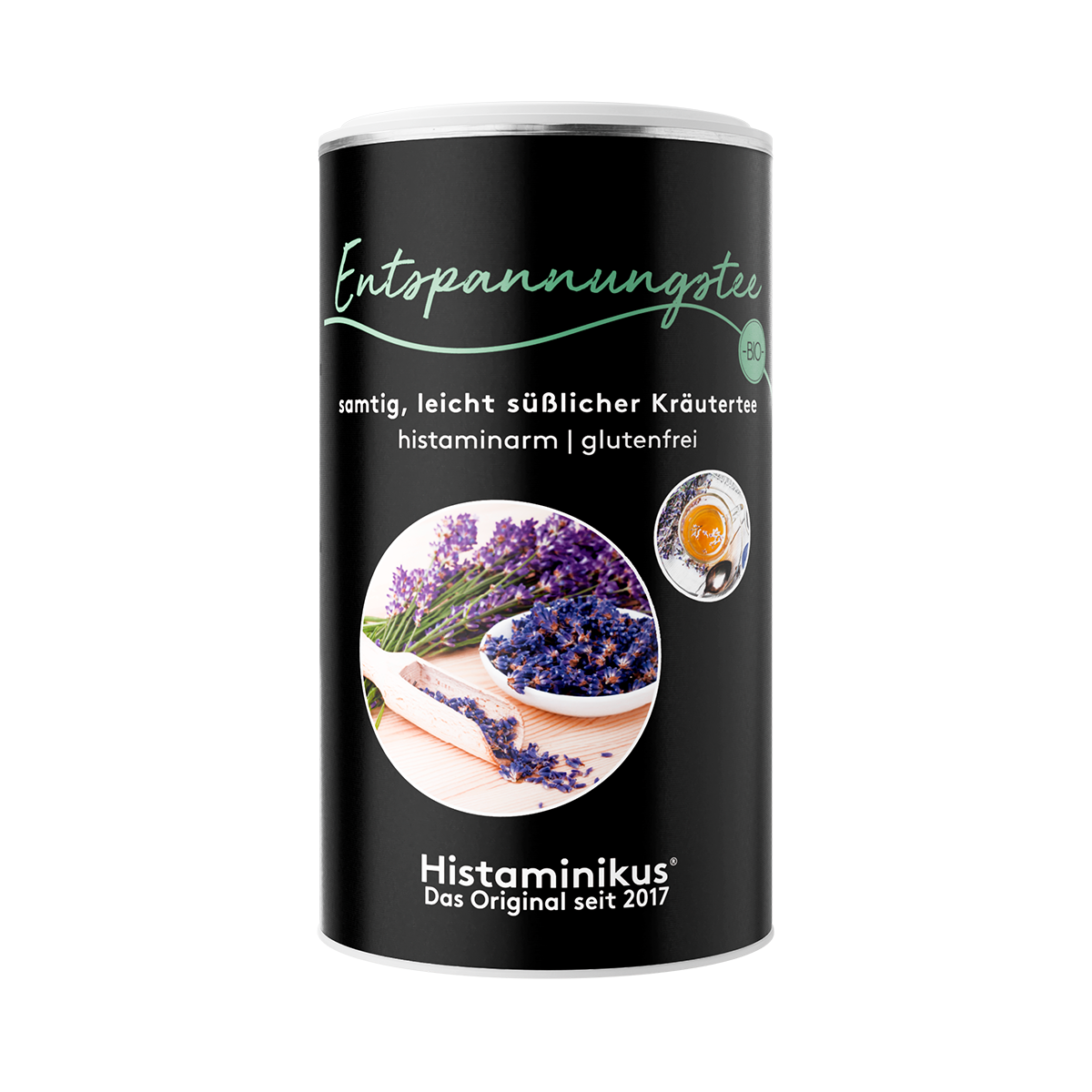
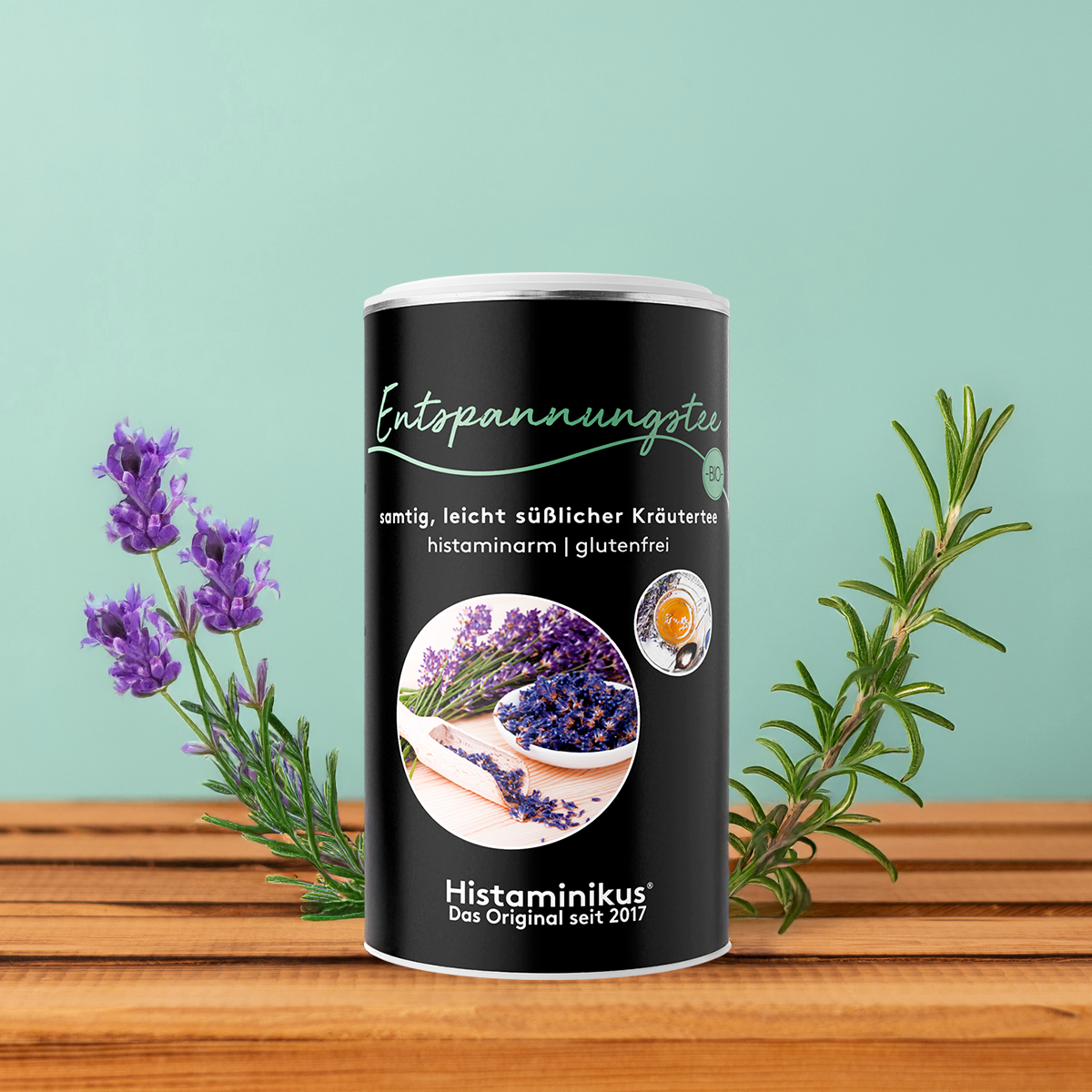

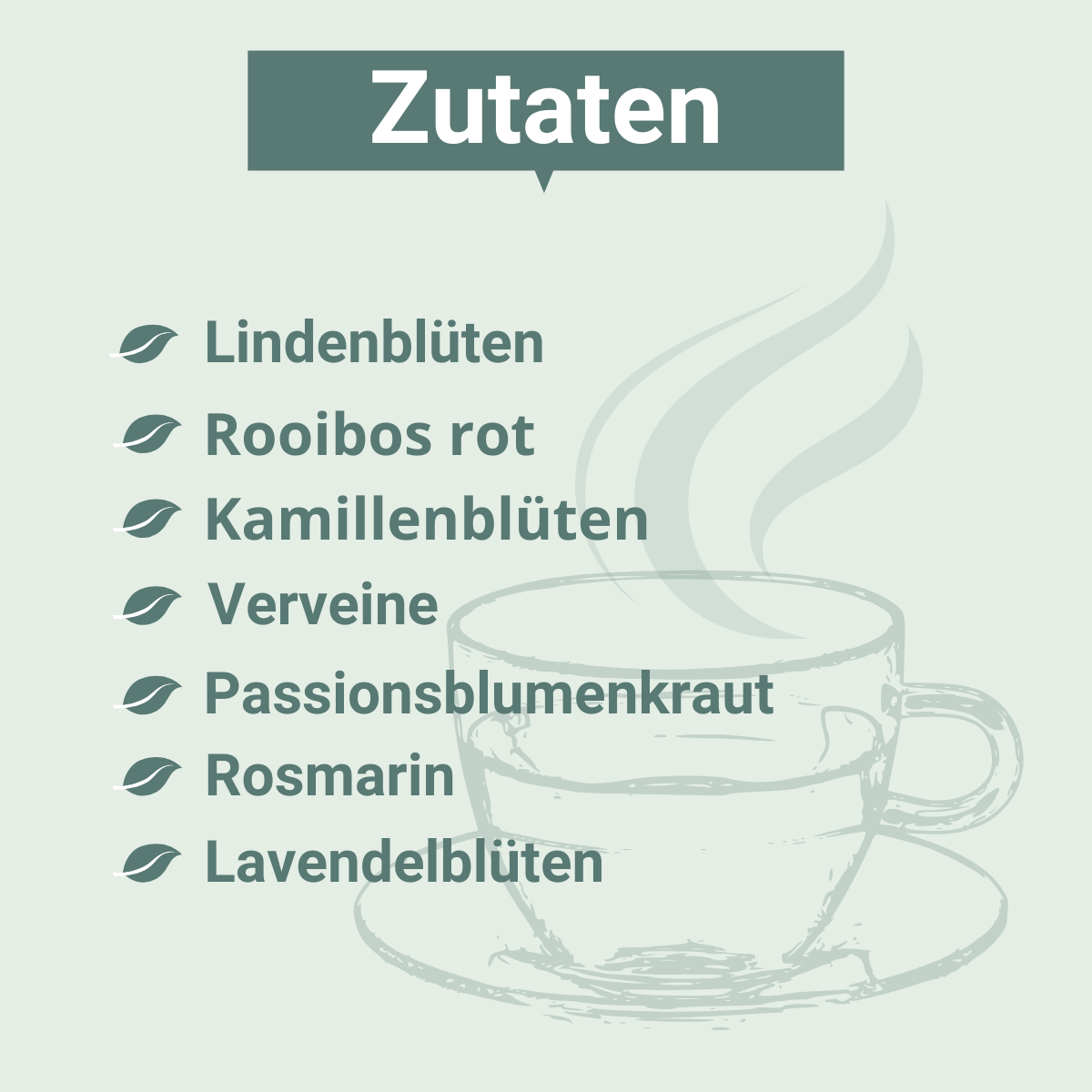

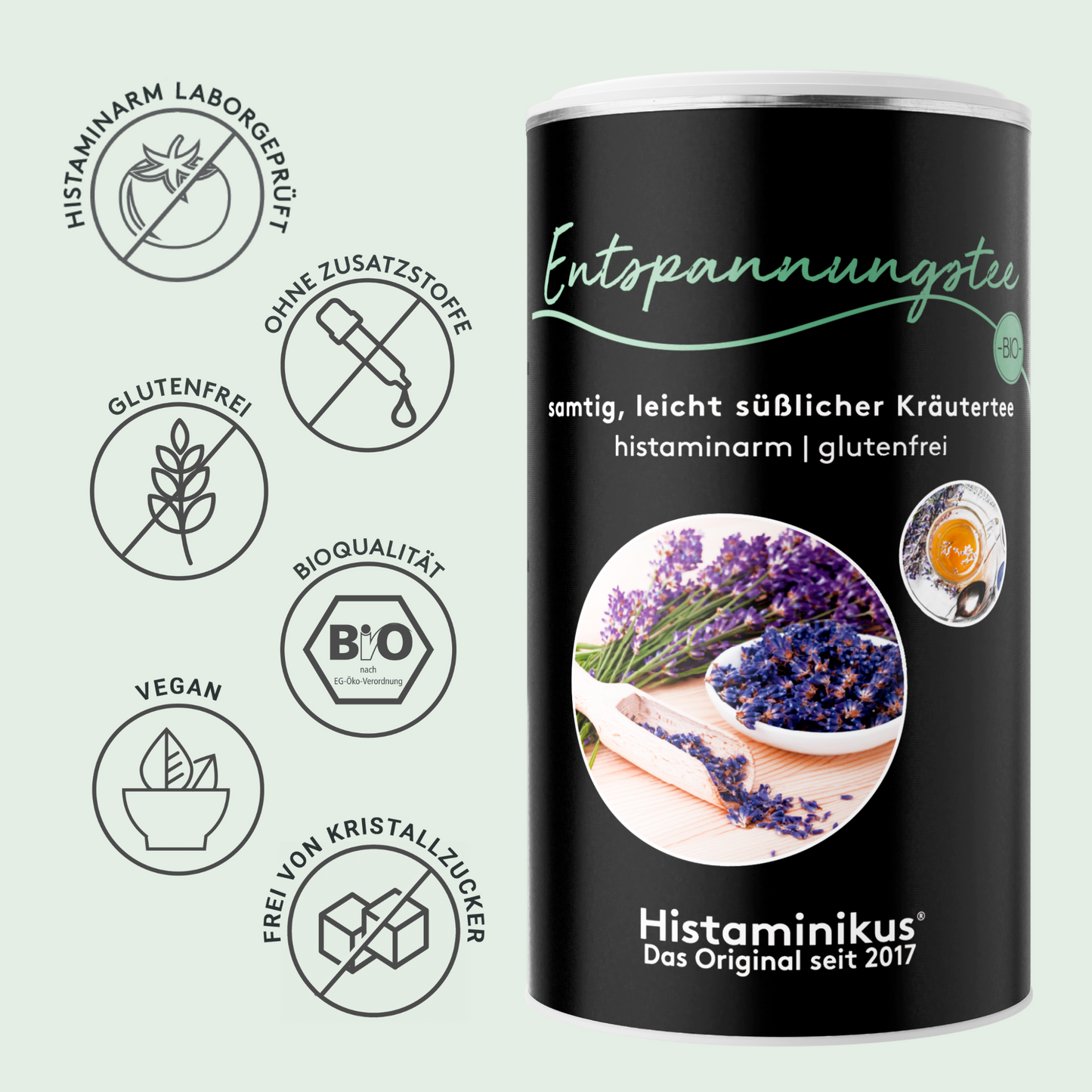

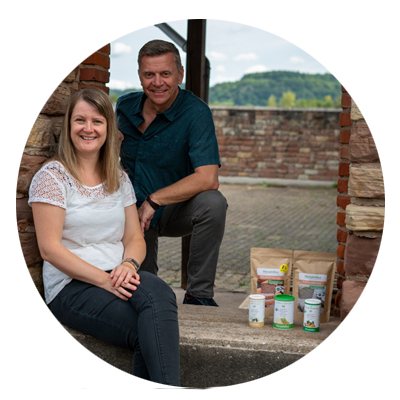
From those affected for those affected
We are Thomas and Michaela Zinser, founder of Histaminikus.
Because of the own histamine intolerance of Michaela and our son, we founded Histaminikus. The frustration does not find any suitable histamine food has spurred us to develop low -histamine food.
We would like to give you back a piece of quality of life. Feel free to look around with us.
Kind regards
Thomas and Michaela


